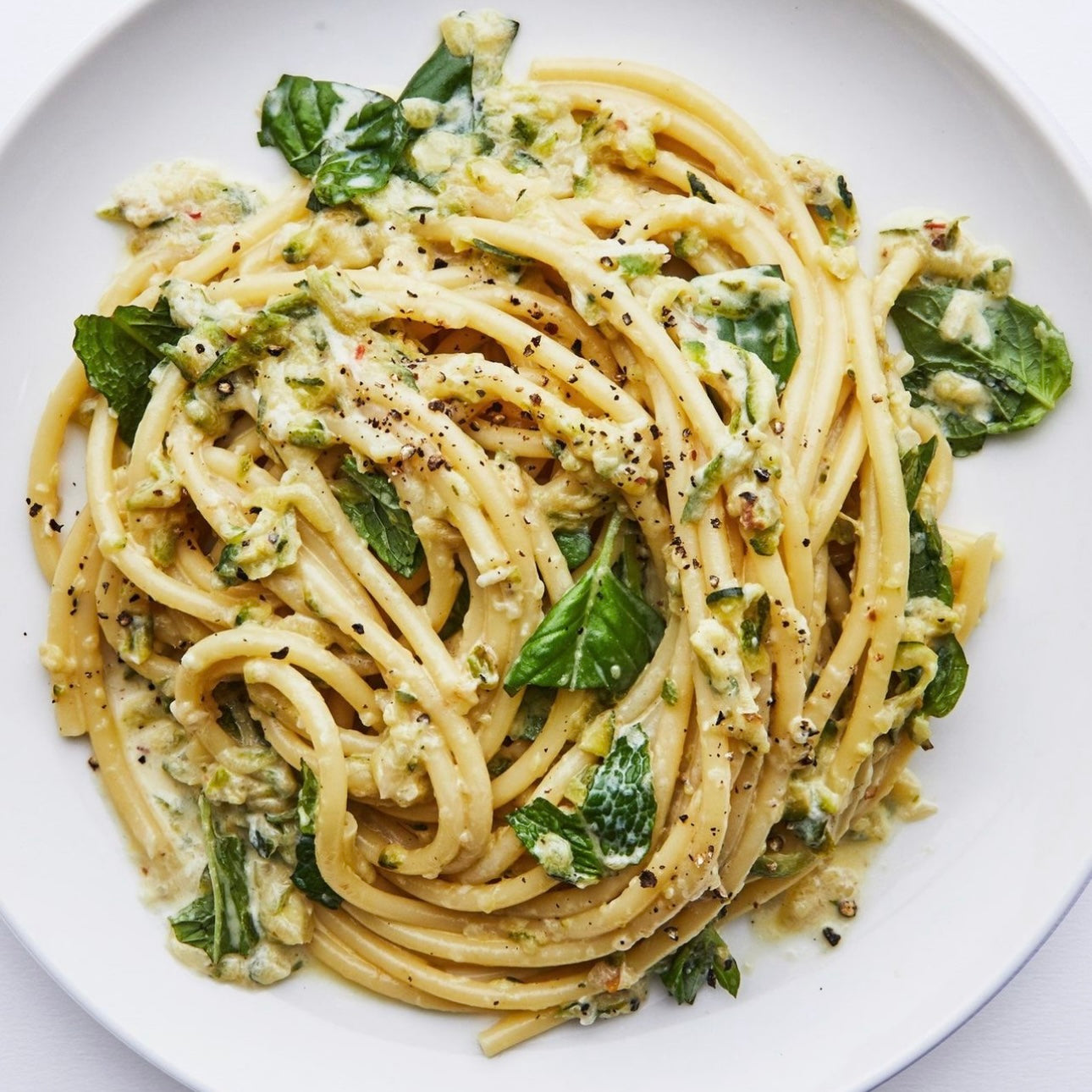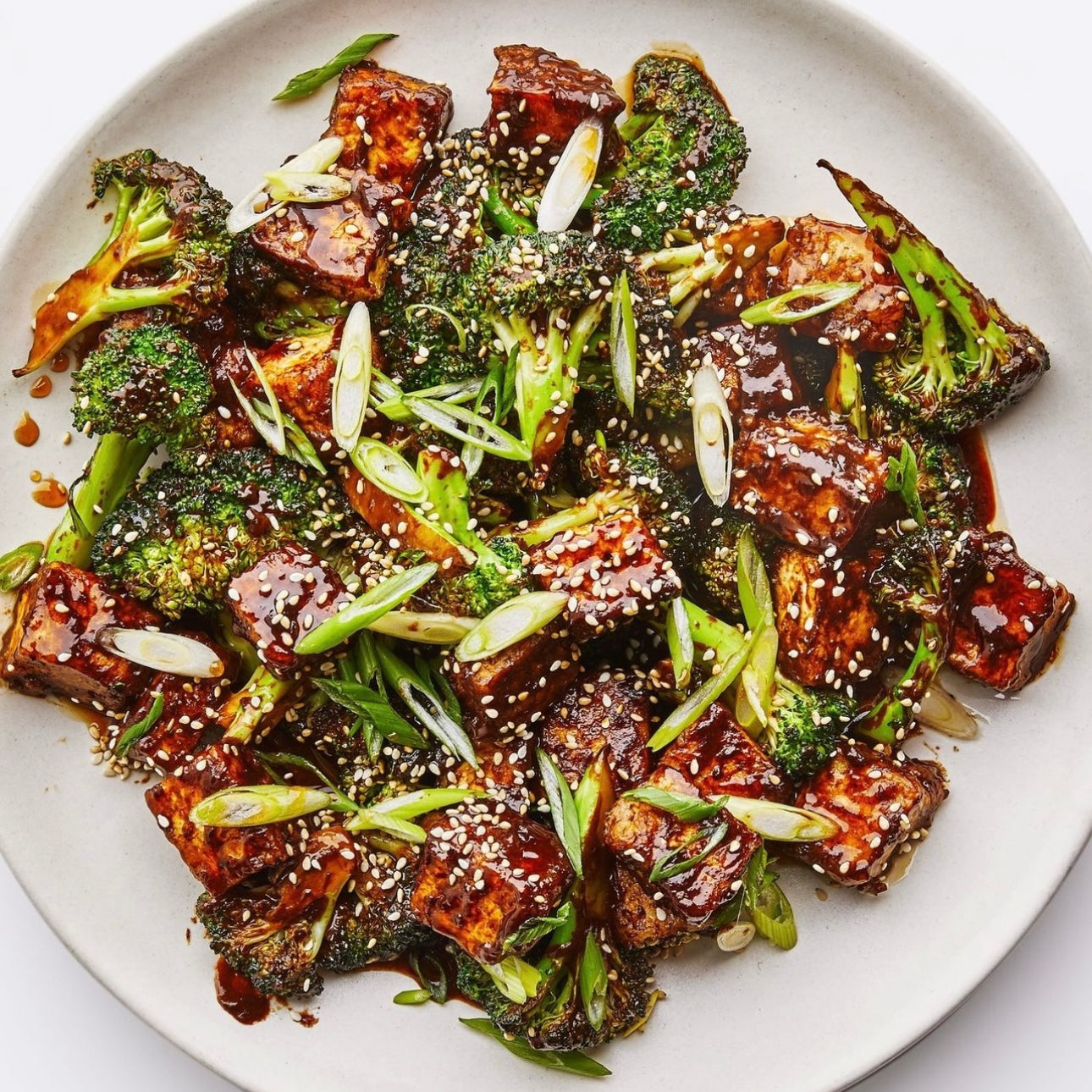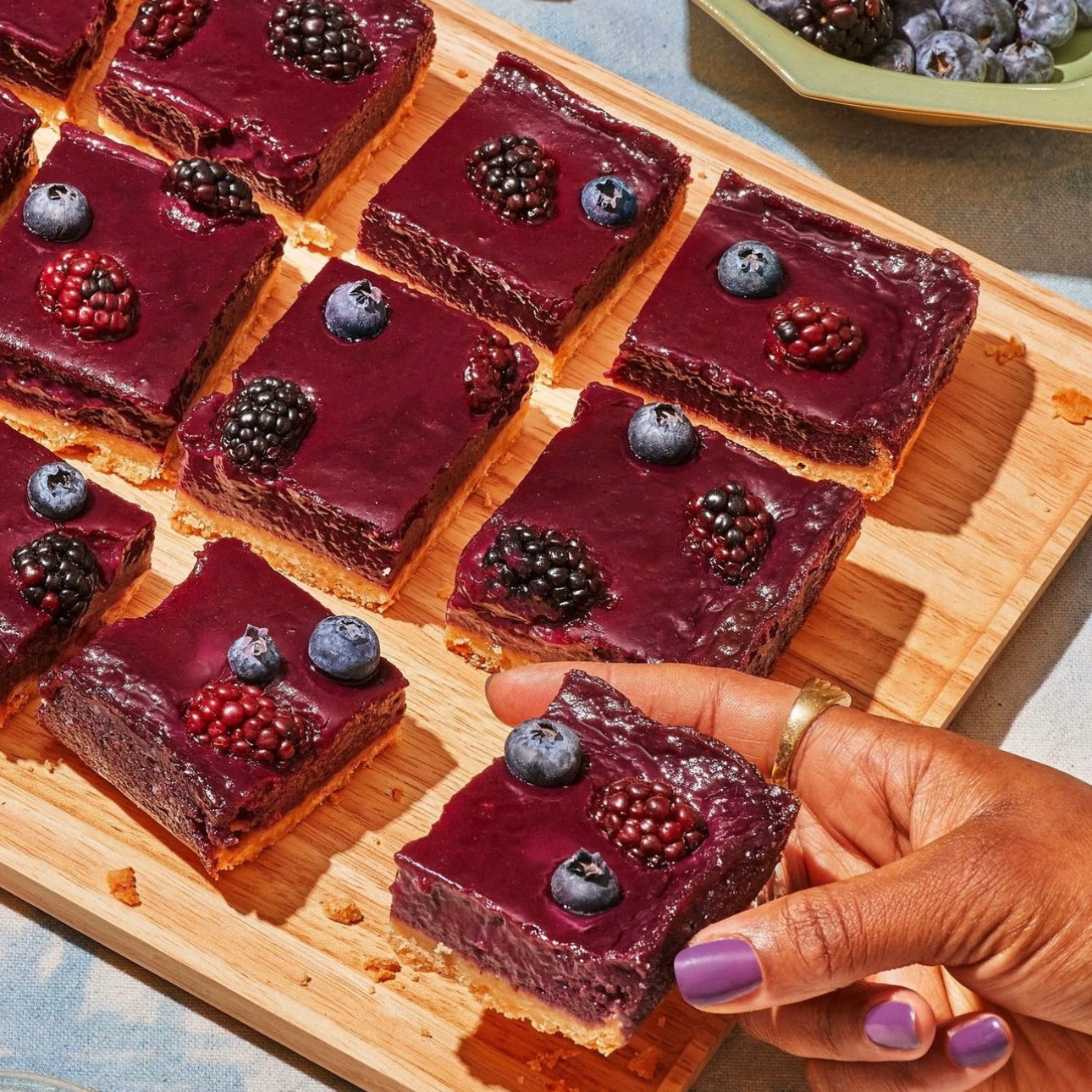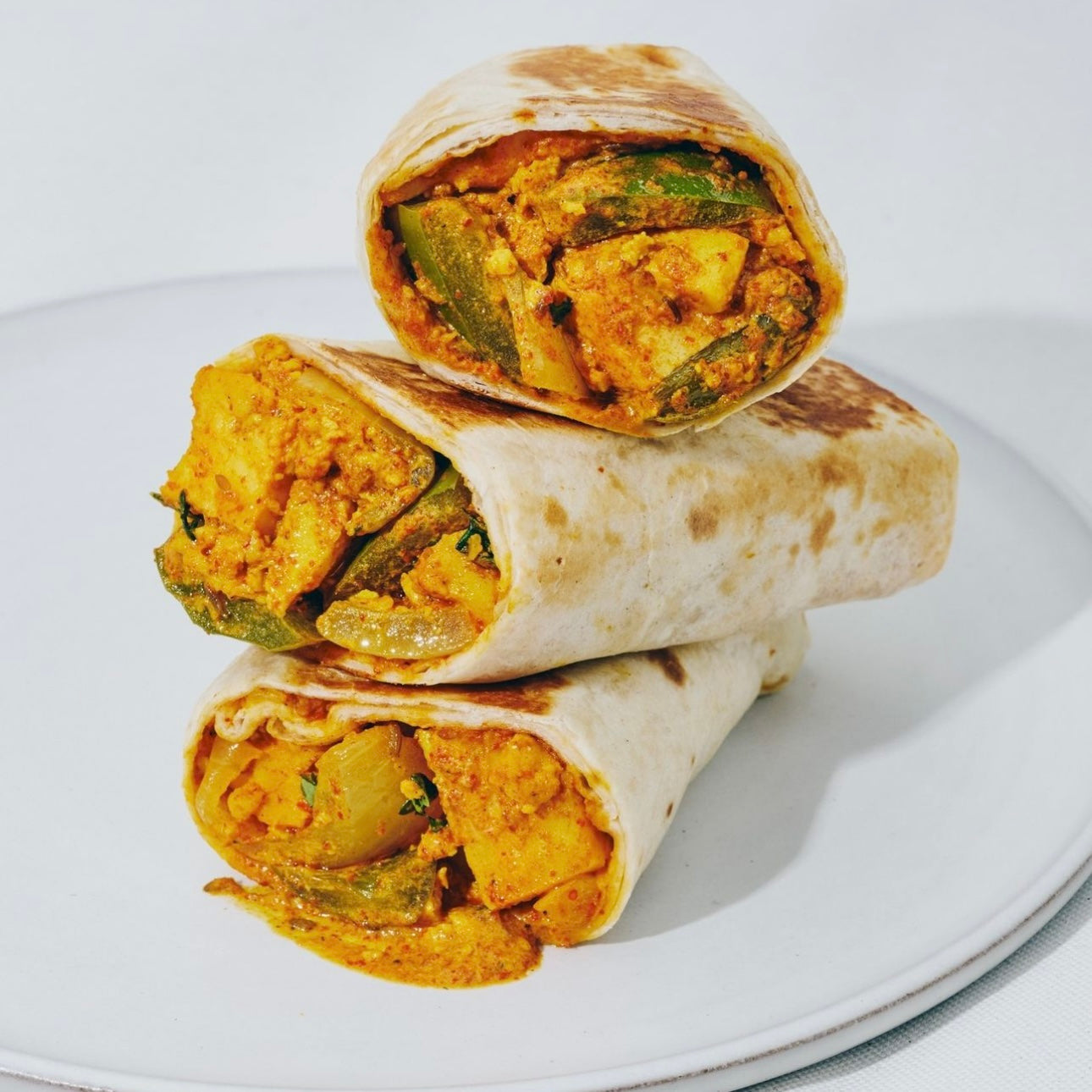Seaweed isn't just for sushi anymore. Chefs love it for all the umami it packs; we love the serious dose of nutrients that come with it
Seaweed, once best known to most Americans as the papery green stuff in a California roll, has recently made the switch from niche health food to haute cuisine.
Restaurants around the country are taking cues from Asian and Nordic chefs who prize légumes de mer for their snappy texture and deeply oceanic, umami-rich flavor. Seaweeds—a loose category of edible saltwater plants that includes nori, kelp, and algae—are washing up all over the place, from the seaweed butter at Nashville’s Rolf and Daughters to the airy, briny tofu and seaweed beignets at Los Angeles’s Alma (both restaurants were on BA’s Hot 10 list last year).
Michael Cimarusti, chef at Providence in L.A., likes to fry tendrils of spindly wakame for a crunchy saline garnish, and incorporates powdered nori into a lemon and brown-butter sauce for Maine lobster to lend the dish what he calls “a presence of the sea. It’s really versatile, and produces a real depth of flavor.”
It doesn’t hurt that seaweed is a nutritional powerhouse. “Sea vegetables in general have more iron than red meat, more vitamin C than citrus fruits, and more vitamin D than milk,” enthuses Bren Smith, owner of Thimble Island Oyster Company, which cultivates seaweed off the coast of Connecticut. They’re also super-concentrated sources of essential micronutrients like iodine and zinc—which are important for metabolism, immunity, and more—and heart-healthy omega-3 fatty acids.
Smith wants to see seaweed make serious inroads into American kitchens, and he’s working with local Whole Foods to develop a frozen line of kelp-noodle dishes. “Give me five years, and I’ll make kelp the new kale,” he says.
Want to get into the seaweed game? Here's a mini primer on buying and cooking with this hip health food.
First, Go Shopping
You can buy seaweed at Asian markets, in the Asian section of supermarkets, health food stores, and at seaveg.com. Dried versions are much easier to find than fresh, and they rehydrate quickly. Here’s a look at the most common types:
NORI: An algae that’s usually dried into crisp, paper-thin, ready-to-eat sheets. Often sold toasted for use in sushi and even as a potato chip alternative.
KOMBU: This big-leafed kelp is used to make dashi, the Japanese master broth that’s a ramen essential.
WAKAME: Bright green and tender when rehydrated, it’s subtly sweet and often used in seaweed salad and miso soup.
Then, Get Cooking
Once you add dried seaweed to your pantry, you’ll find lots of ways to put it to work. The BA Test Kitchen shares its favorite uses:
BRAISES: Add a piece or two of kombu to braises during the last hour of cooking to impart depth.
MARINADES: Crumble sheets of nori and mix into marinades. Don’t limit yourself to Asian flavor profiles; we like it with white wine and mustard, too.
BUTTER: Blend any seaweed with softened butter in a food processor. We dare you not to get hooked.







